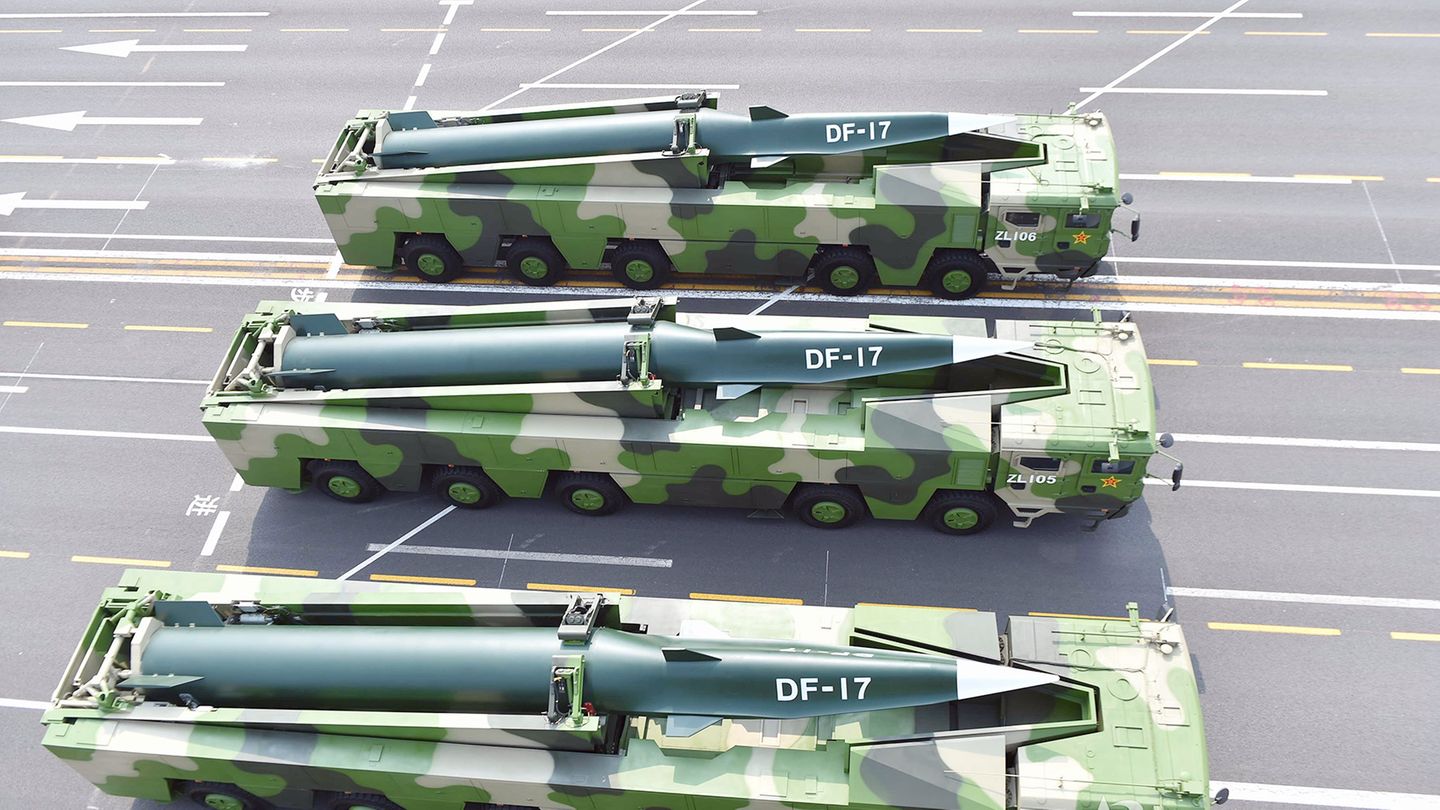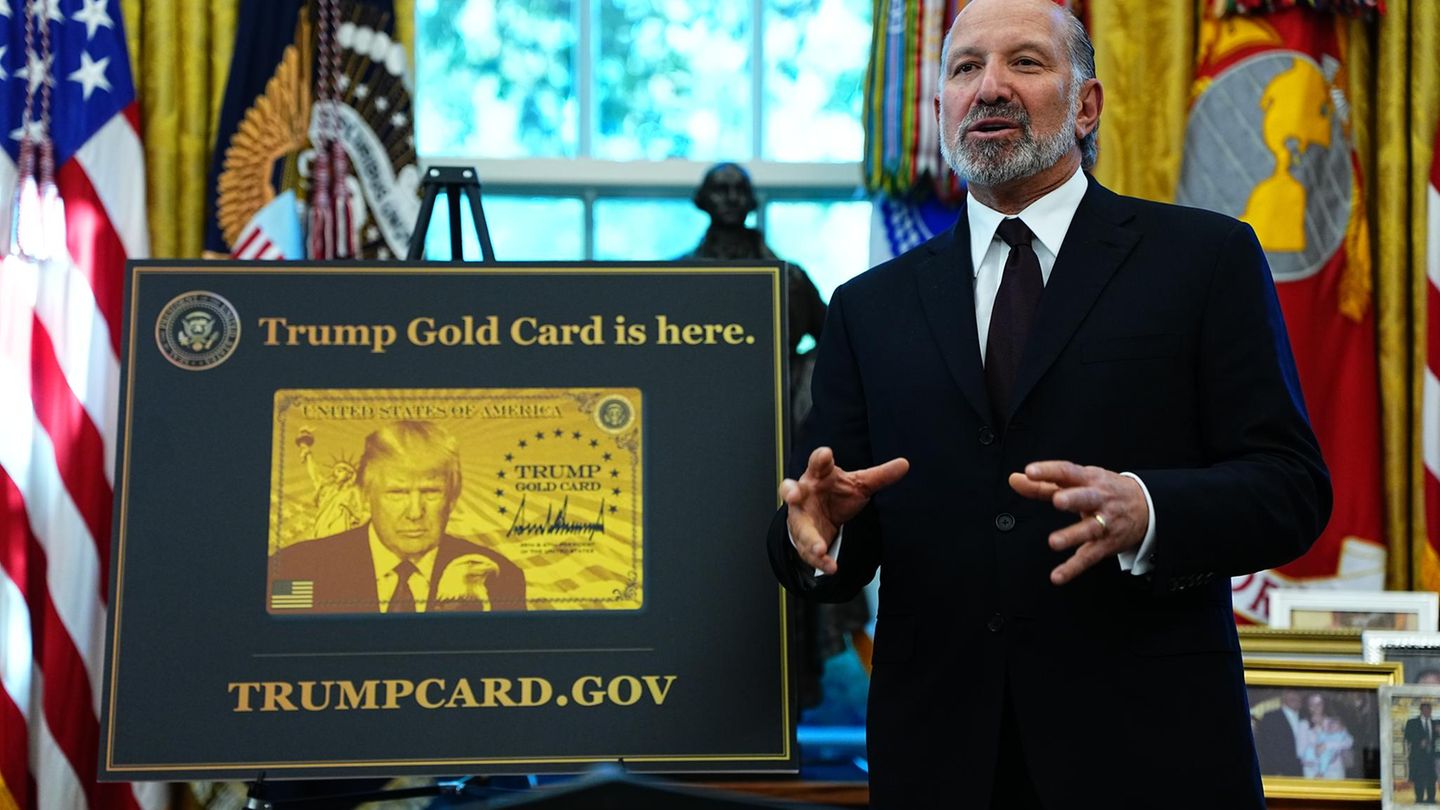analysis
Mainland China has launched major maneuvers around Taiwan. But the real threat to the island isn’t the hypersonic missiles flying overhead. Beijing is threatening to shut off the lifelines of the island.
Nancy Pelosi, the speaker of the US House of Representatives, has left Taiwan. The visit was a success for Taipei, as it can be seen as a diplomatic upgrade. But that is exactly what Beijing is provoking. As a reminder: Hardly any country on the globe recognizes Taiwan as an independent, sovereign state. Neither does Germany, by the way. Yet Taiwan is unquestionably a state entity.
A ring of maneuver zones
And Beijing is reacting as was to be expected. Military maneuvers are held around the island. The special thing about it is not that Beijing is invading Taiwan’s “airspace,” as is often and intentionally misleadingly written. The People’s Liberation Army (PLA) has so far NOT invaded Taiwan’s airspace, based on territory. We are talking about a so-called air surveillance zone, which even partially extends over mainland China. Anyone can monitor international airspace as they wish, but this zone does not become sovereign territory. Nevertheless, the maneuvers are also threatening gestures. You only have to move the approach curves of the jets a few kilometers on the map and you can see that they are simulating attacks. There are now martial videos of charging infantrymen, tanks and landing vehicles for the TV. Several hypersonic missiles were launched and overfly the island. So far, however, Beijing has not drawn a military card.
The real threat cannot be seen with the naked eye, it can only be drawn on maps. These are the maneuver zones of the Chinese People’s Liberation Army (PLA), they lie like a ring around Taiwan. At first glance, this looks threatening, but the ring has wide gaps. The true potential can only be seen by overlaying the major shipping and aviation routes over these zones. The maneuver areas block all major trade routes and cause significant disruption. Certainly they can be bypassed to reach the island. But every single ship and very many airplanes are being reminded in no uncertain terms that Beijing has raised the warning finger.
disregard for real sovereignty
There is another special feature. Corners of these maneuver zones jut into Taiwan’s true territorial waters, and this is where Beijing openly defied the boundary of true territorial waters and not just any zones for the first time. That, too, is finely graded: only the zone protrudes, which by no means means that a ship will also enter it. In addition, the overlaps are carefully selected. They are not directly in front of the shore of Taiwan, but in front of the so-called “Coastal Line” with which the sovereign zone is determined. It’s a sort of straightened line that also includes islands and the like. From Beijing’s point of view, the procedure is logical: With Pelosi’s visit, Taipei tried to shift the status of the island, with disregard for sovereign rights, Beijing is shifting it back in the other direction. The CP would also flatly deny any violation of any rights. If Taiwan is not a sovereign state, how can there be sovereign rights?
Incidentally, the maneuvers hint at the strongest weapon Beijing can use against Taiwan: a blockade rather than an invasion of the island. The Taiwan Strait is more than 100 kilometers wide, an invasion with landing ships would be extremely risky and hardly possible without sufficient preparation.
Strictly speaking, the PLA would probably not be able to carry out such an operation today either. The only conceivable option would be to militarily occupy the small islands in the Taiwan Strait that belong to Taiwan. But Beijing could also declare the area around Taiwan a blockade zone without an open act of war. No civilian ship or plane would then reach the island. Only the US Navy would have the power to break such a blockade. The end of independent Taiwan would then not come about through landings, rockets and artillery, but through economic strangulation.
Berlin comparison is misleading
Some commentators point to the Soviet blockade of Berlin, which ultimately failed. Unfortunately, the comparison is flawed in many respects. Neither the West nor the Soviets wanted to use open violence in the Berlin blockade. This worked because the Soviets could just drop the barrier on the land routes. However, should Beijing plan to blockade Taiwan, the PLA must be ready from the start to use force against blockade breakers. A purely passive blockade would be unthinkable for sea routes and aircraft. Conversely, this also means that a blockade by Taiwan would only be a touch away from a hot war.
Source: Stern
David William is a talented author who has made a name for himself in the world of writing. He is a professional author who writes on a wide range of topics, from general interest to opinion news. David is currently working as a writer at 24 hours worlds where he brings his unique perspective and in-depth research to his articles, making them both informative and engaging.




